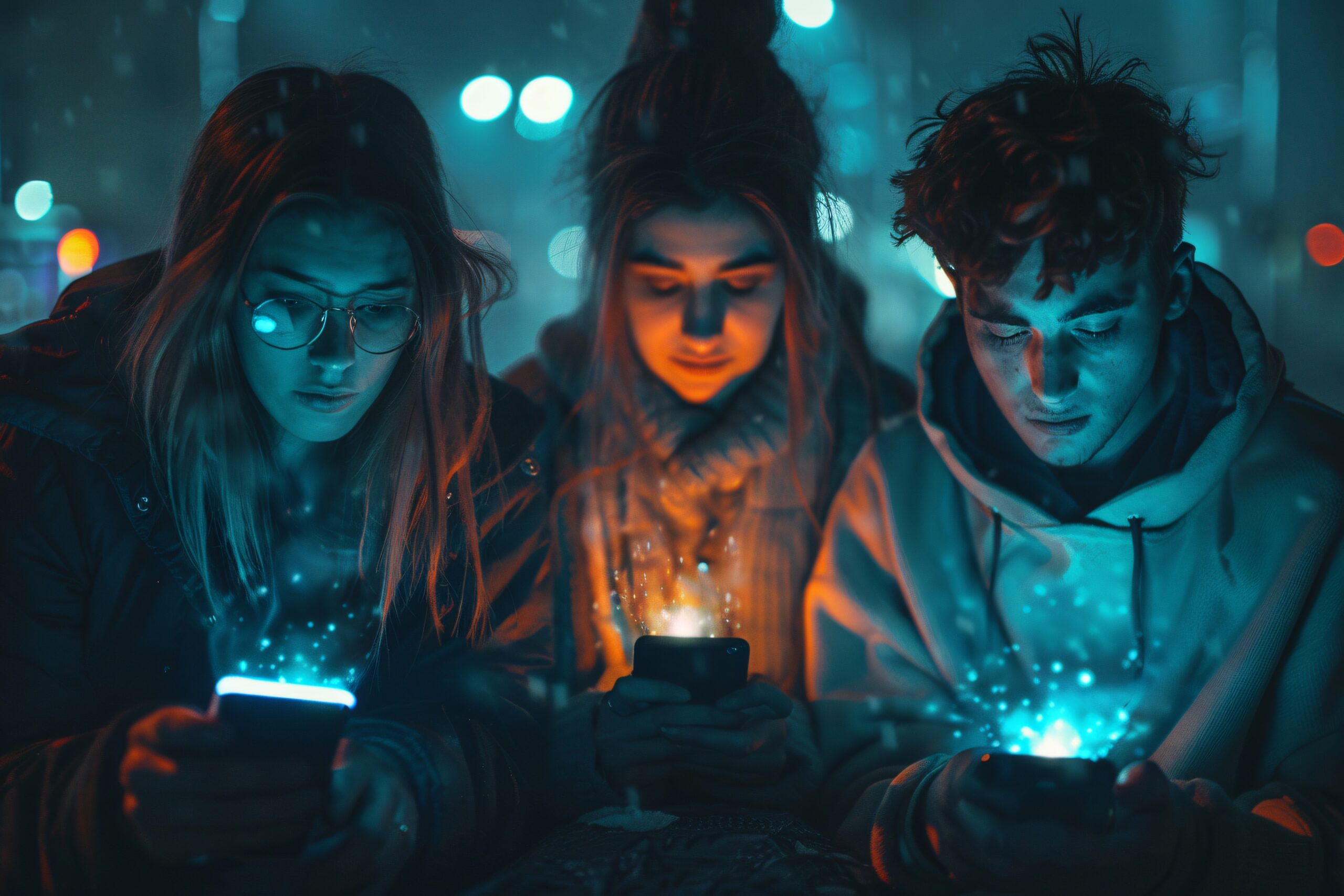The Future of Friendships: Can We Still Form Deep Bonds in a Digital World?
We live in the most connected time in human history. With a single click, we can message a friend across the globe, join a group chat, or meet new people online. But here’s the big question many people are secretly asking:
If we have more “friends” than ever, why do so many of us still feel lonely?
The truth is, digital life has changed how we build and maintain friendships. The challenge is not connection—it’s depth. Let’s explore what’s really happening and how we can keep real human bonds alive in a world run by screens.
Why Friendships Feel Different Today
Quantity over quality: Social media gives us hundreds of contacts, but only a handful who truly understand us.
Always online, rarely present: We reply with emojis and likes, but miss face-to-face energy.
Geography doesn’t matter anymore: We can connect globally, but sometimes lose touch with those physically close to us.
The illusion of closeness: Just because we see someone’s updates daily doesn’t mean we actually know how they’re doing.
This digital shift has made many friendships convenient but shallow.
The Science of Human Connection
Psychologists say that real friendship needs three ingredients:
Time spent together
Emotional openness
Shared experiences
Screens can help with the first two, but shared experiences in real life are what turn casual contacts into true friends. That’s why meeting for coffee feels different from a WhatsApp chat—it creates memories our brain values more deeply.
The Big Problem: Digital Loneliness
Here’s the paradox:
We are always connected but often feel disconnected inside.
Studies show people with more than 1,000 followers often report higher loneliness levels than those with just 5–10 close friends.
This is the silent issue of our generation—digital loneliness.
Can We Still Build Deep Bonds? Yes—Here’s How
Be intentional – Don’t just “like” posts. Send real messages, ask “How are you really?”
Meet offline when possible – Even one real-world meeting strengthens bonds more than 100 chats.
Small circle, strong circle – You don’t need 500 friends. You need 5 who truly care.
Create shared rituals – Weekly calls, monthly meetups, or online game nights help keep bonds alive.
Be vulnerable – Share struggles, not just highlights. True friendship grows when walls come down.
The Future of Friendships
The digital world is not the enemy. In fact, it gives us amazing opportunities:
Long-distance friendships can thrive like never before.
Online communities can bring together people with unique interests.
Technology like AI and VR may soon make online interactions feel even more real.
But the key will always remain the same: human depth over digital noise.
Final Thought
The future of friendships isn’t about choosing between online or offline. It’s about remembering that a true friend is not someone who just “reacts” to your story—it’s someone who shows up when life gets hard.
So, next time you scroll through your contact list, ask yourself: Am I building followers, or am I building friendships that last?
Because in a world full of connections, it’s the deep bonds that will always matter the most.


